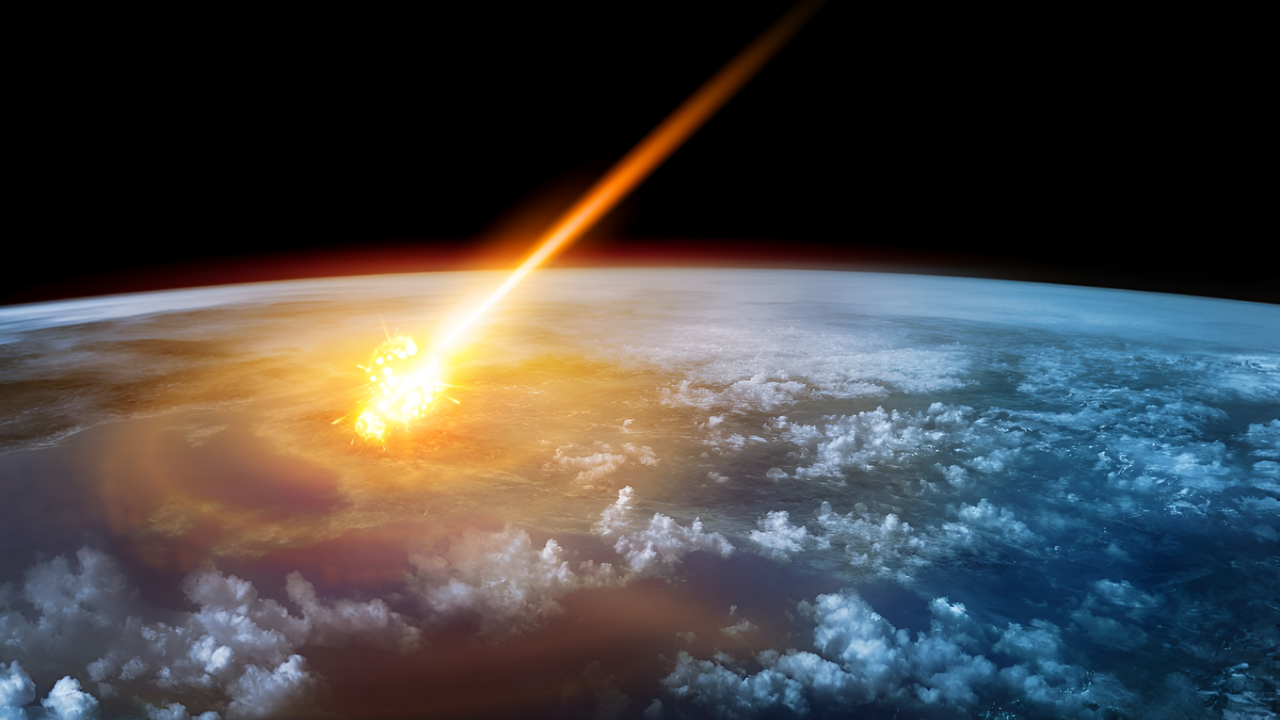
Recent scientific discoveries are shedding fresh light on one of prehistory’s greatest mysteries: the abrupt environmental upheaval that struck North America around 12,800 years ago.
In particular, evidence unearthed at research sites across the U.S. points to the possibility that a comet impact triggered massive climate change, wildfires, and extinction events.
This revelation, if proven, could transform our understanding of early human societies and Earth’s resilience.
Tracing Extraterrestrial Debris
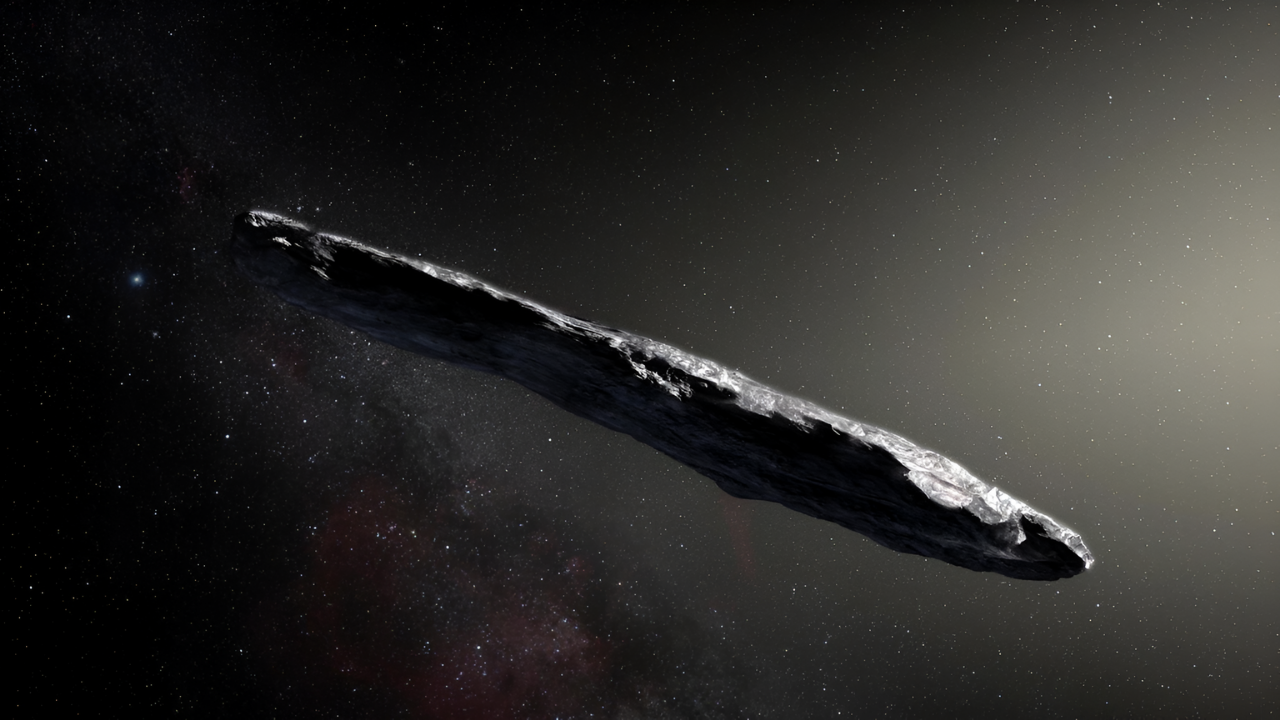
Scientists from UC Santa Barbara and the University of South Carolina have identified unusual mineral traces, including platinum and iridium, embedded in surface soil layers at multiple locations.
These geochemical markers are notably rare on Earth, but common in meteorite impacts and cosmic debris.
Their presence in sites as distant as South Carolina and Arizona hints at a continent-spanning event that likely disrupted natural systems.
Climatic Whiplash Documented
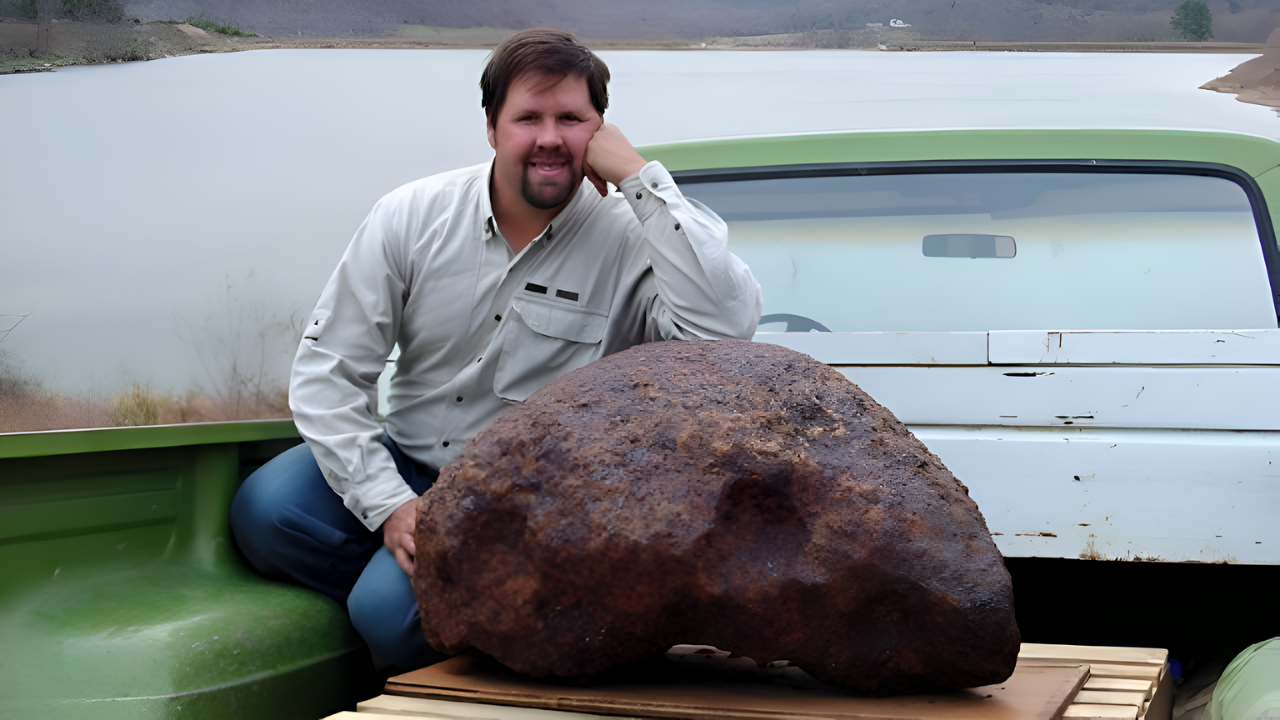
The Younger Dryas period, which began shortly after the supposed impact, is well-documented as a time of dramatic cooling across the Northern Hemisphere.
Climatologists and archaeologists agree on its sudden onset and wide-ranging environmental impacts, which coincided with significant changes in vegetation, the extinction of large animals, and challenges for early hunter-gatherer cultures that relied on stable ecosystems.
Chasing Cataclysmic Evidence
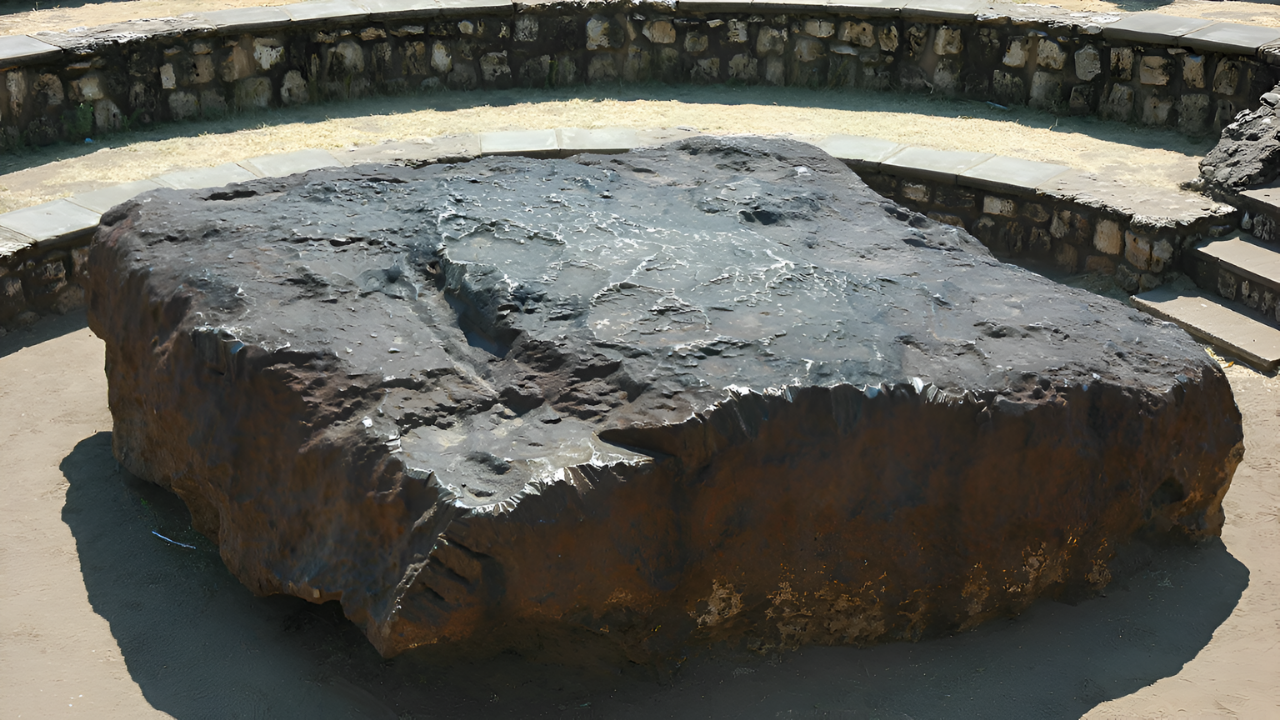
Teams have detailed how layers of meltglass and shocked quartz—materials formed under intense heat and pressure—were discovered alongside organic remains in U.S. dig sites.
Such findings support the hypothesis that an atmospheric explosion or airburst occurred, generating enough energy to produce rare mineral compounds and possibly ignite continent-wide wildfires, dramatically altering the landscape.
The Comet Connection
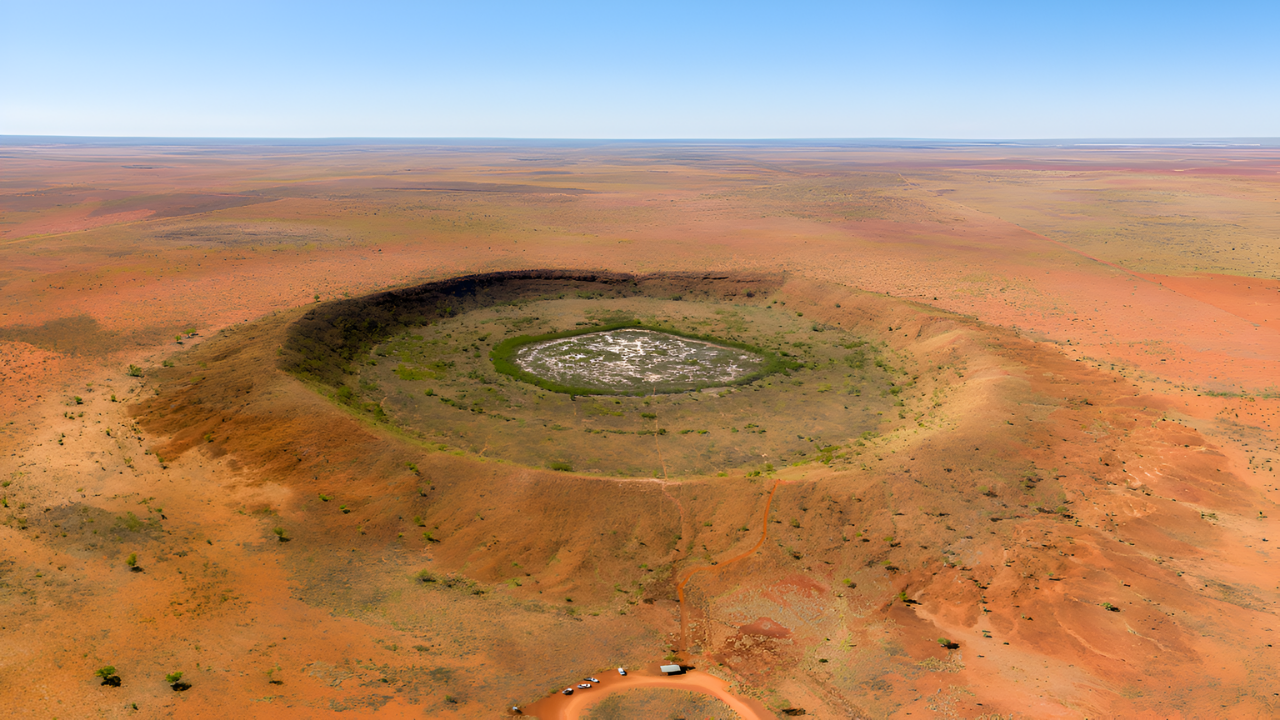
The most compelling evidence, published in 2024 by Dr. James Kennett and Dr. Christopher Moore, indicates that platinum-rich dust and impact proxies are concentrated in sediment layers radiocarbon-dated to the Younger Dryas boundary.
These results have bolstered arguments for a cosmic event, bringing renewed attention to the theory that a comet—not volcanic eruption—initiated the ancient cooling.
Regional Effects
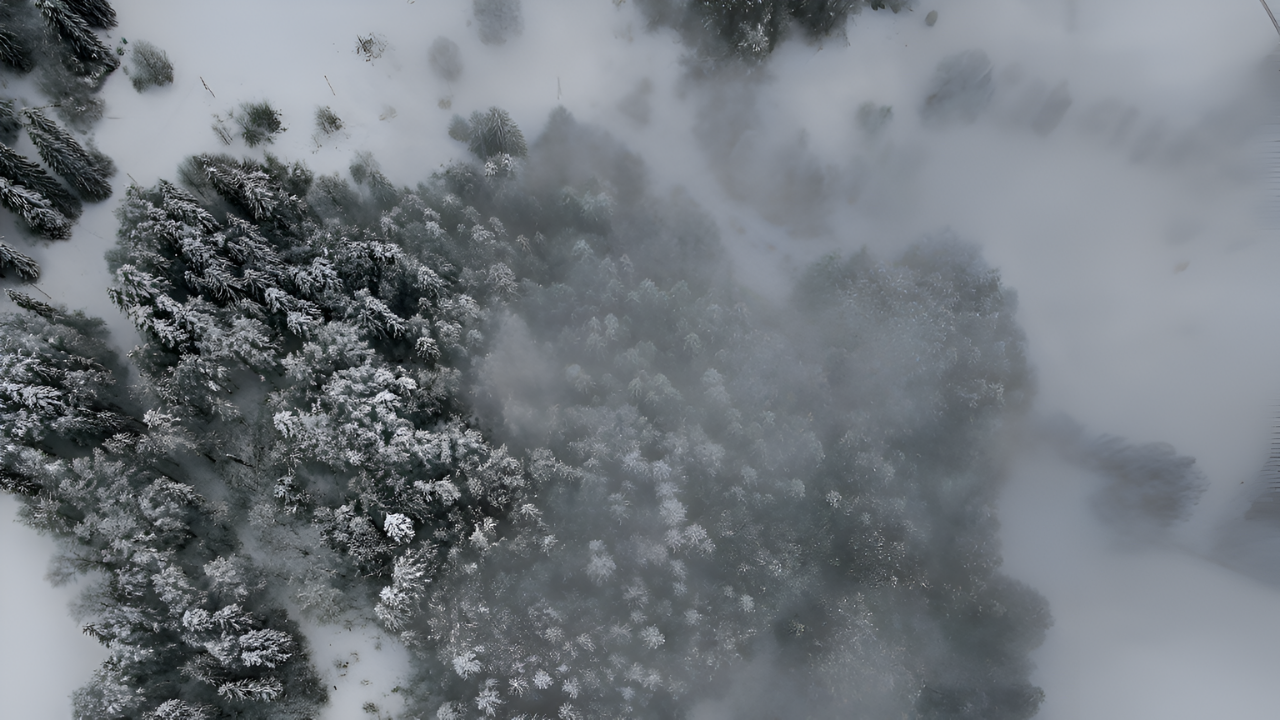
Analysis of soil and rock samples from states such as Maryland, New Mexico, and Arizona corroborates the distribution of comet-related minerals.
Researchers observed that these anomalies coincide with burned plant matter and fossilized animal bones, suggesting that the impact’s energetic release affected local food chains, water quality, and long-term ecological balance across multiple regions.
Impact on Early Americans
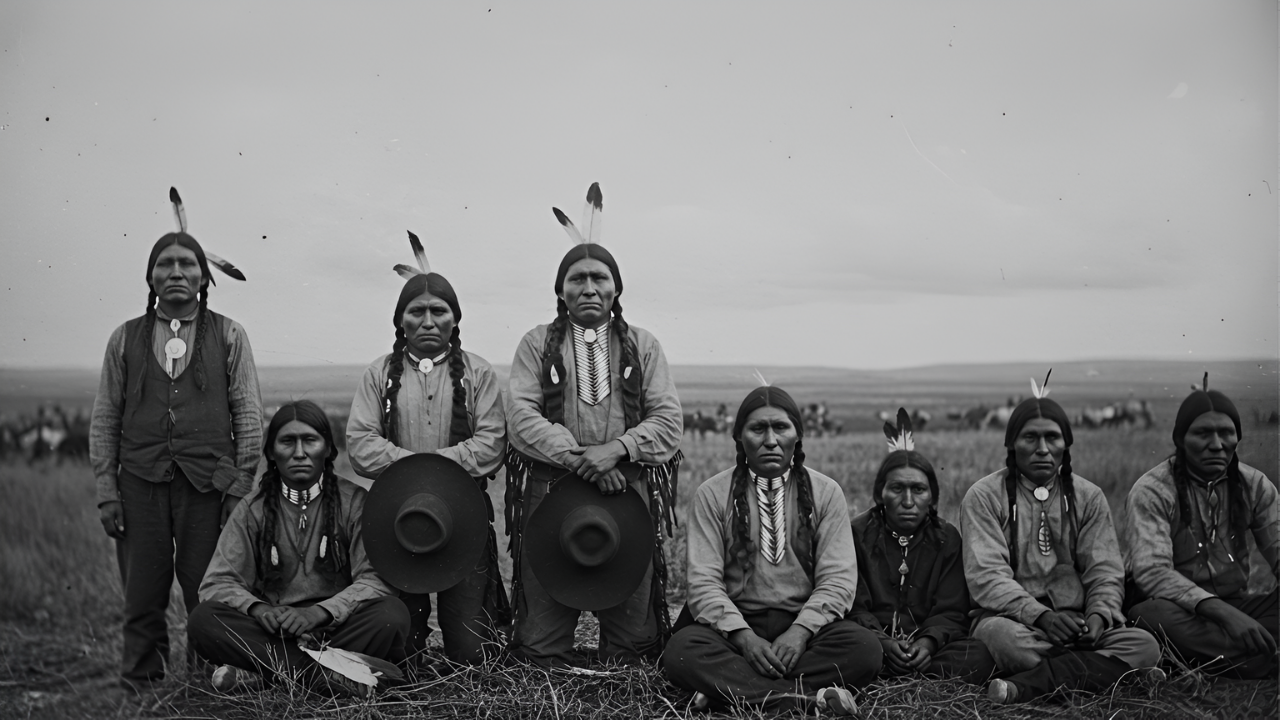
For Native American populations and their ancestors, the impact may have brought hardship and transformation.
Archaeological evidence suggests abrupt cultural shifts and the disappearance of the Clovis culture, North America’s first widespread technological group.
These communities, already adapting to changing climates, faced new pressures from resource scarcity and shifting migration patterns.
Scientific Debate Persists
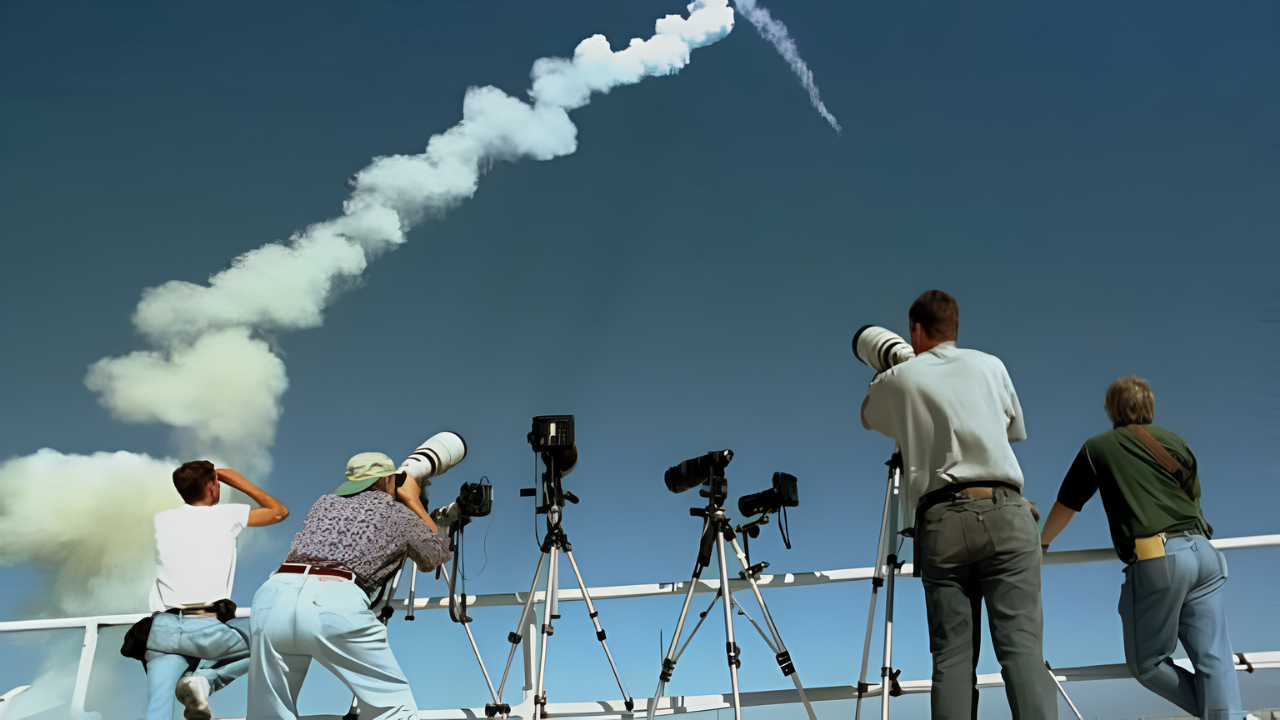
Despite compelling evidence, not all experts are convinced. Geologist Mark Boslough, among others, cautions that the lack of a definitive crater challenges the impact theory. Alternative explanations, such as local volcanism or climate feedback loops, are still under investigation.
Until further discoveries rule out terrestrial sources, debate continues within scientific circles about the true cause of the Younger Dryas.
Global Lessons
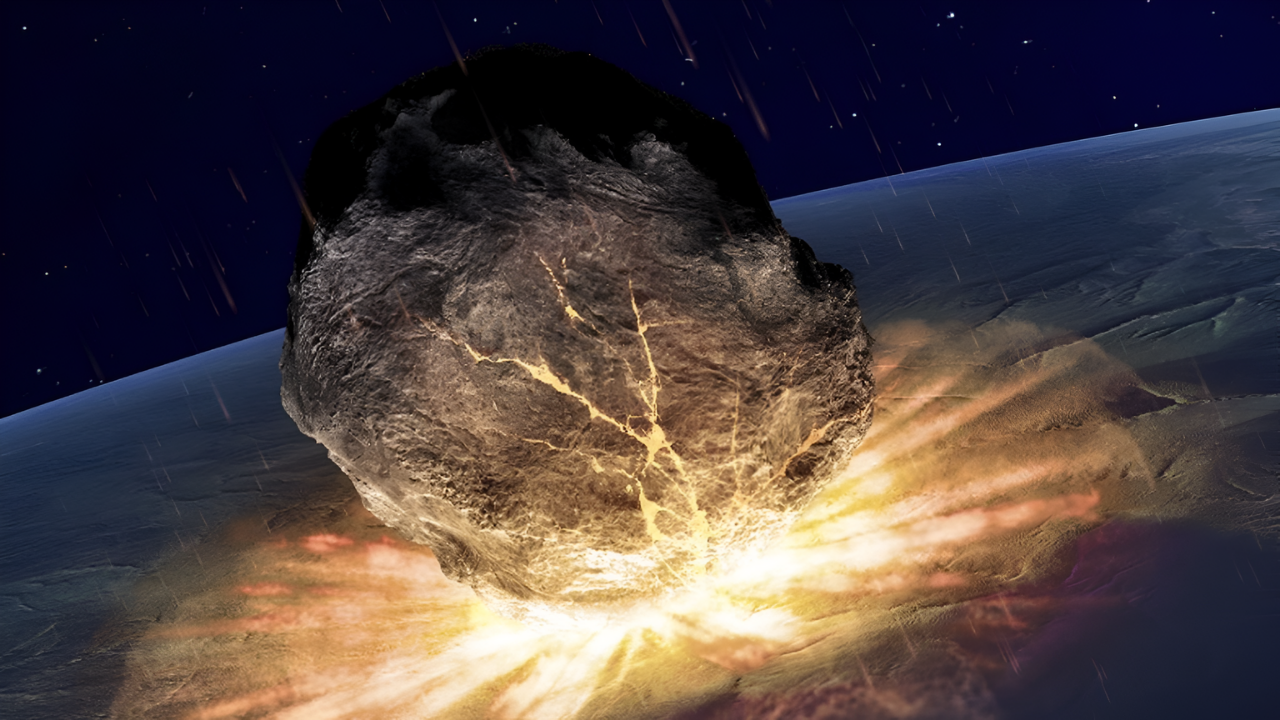
Regardless of cause, the Younger Dryas illustrates how environmental instability can ripple through global systems.
Climatologists study this era for clues about abrupt climate shifts, noting how rapid droughts, cold snaps, and biodiversity loss affected societies worldwide.
Lessons learned from this ancient cataclysm inform today’s climate risk assessments and modeling for planetary resilience.
Tech Disappearance
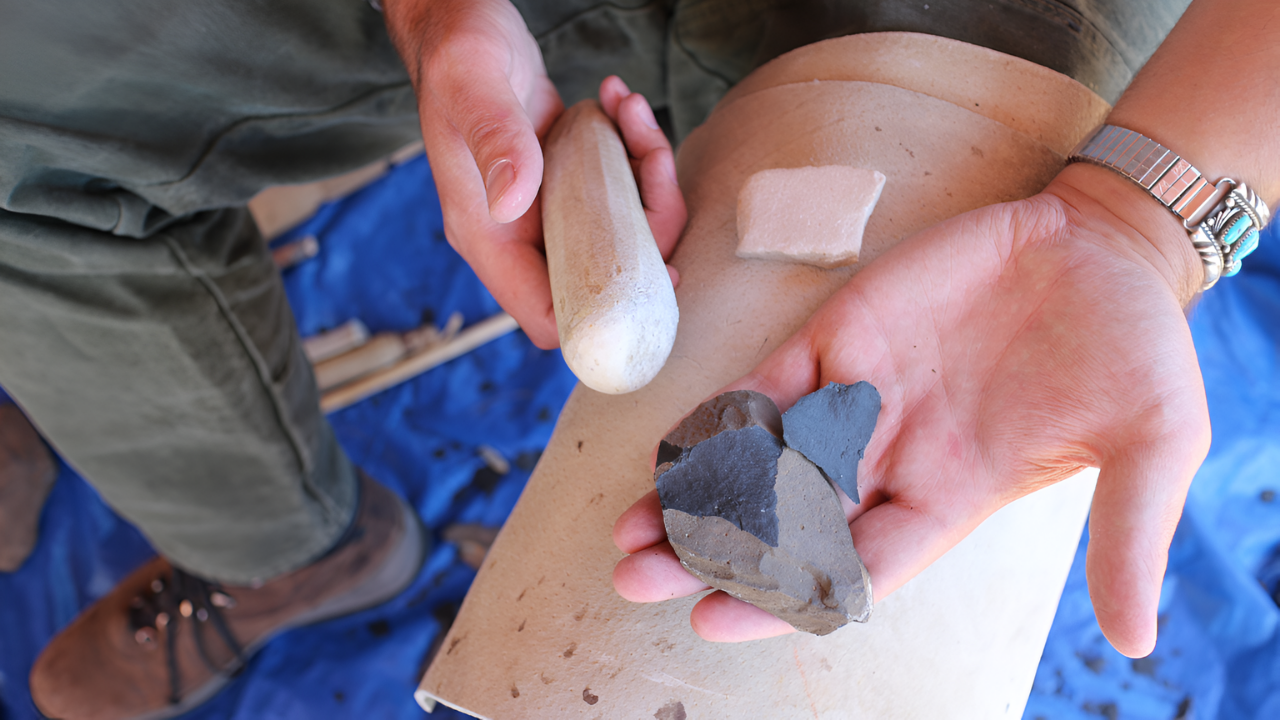
Archaeologists have found gaps in tool-making traditions during this period, specifically the sudden absence of Clovis spear points.
Such disruptions suggest more than just environmental stress; they may indicate a collapse in technical knowledge and social networks, with ramifications for survival, innovation, and community structure in prehistoric North America.
Academic Rivalries Emerge
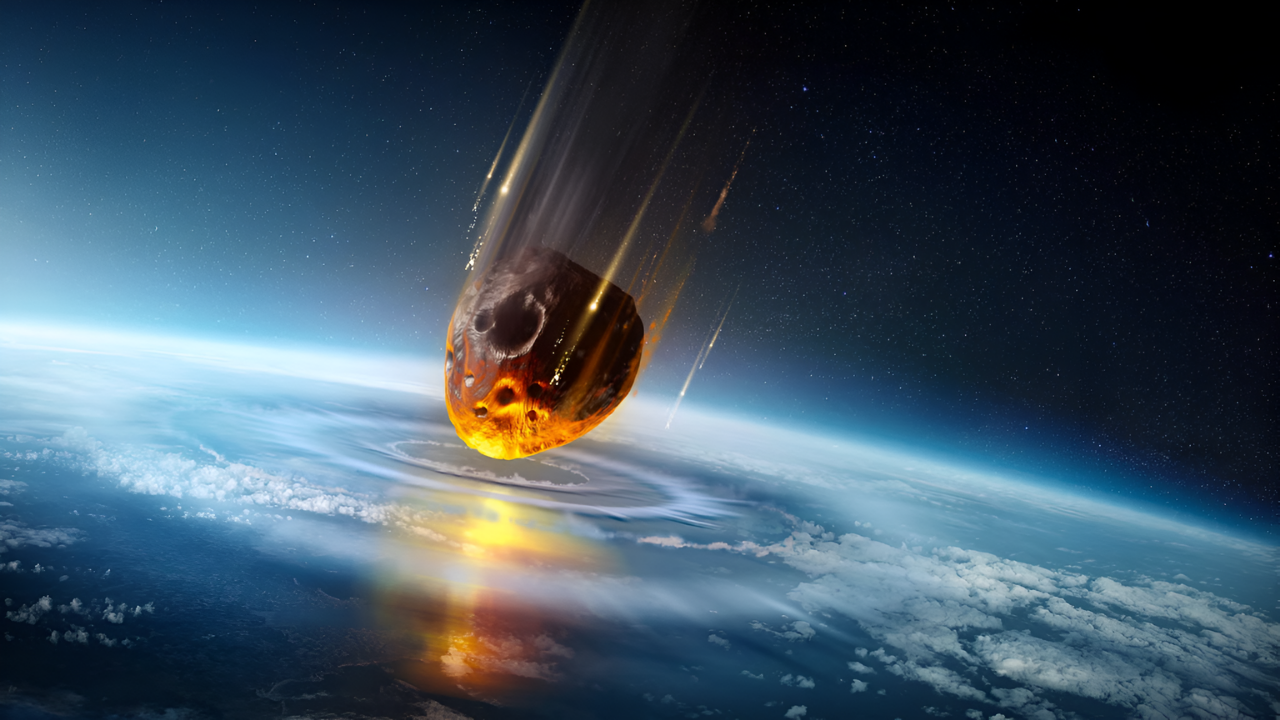
With cosmic impact research at the forefront, specialists in earth science, archaeology, and climatology grapple for funding and recognition.
Some worry that the comet hypothesis overshadows valuable work on gradual climate adaptation, migration, and resource management.
This competition shapes the direction of future studies and how breakthroughs are received by the broader scientific community.
Leadership in the Field
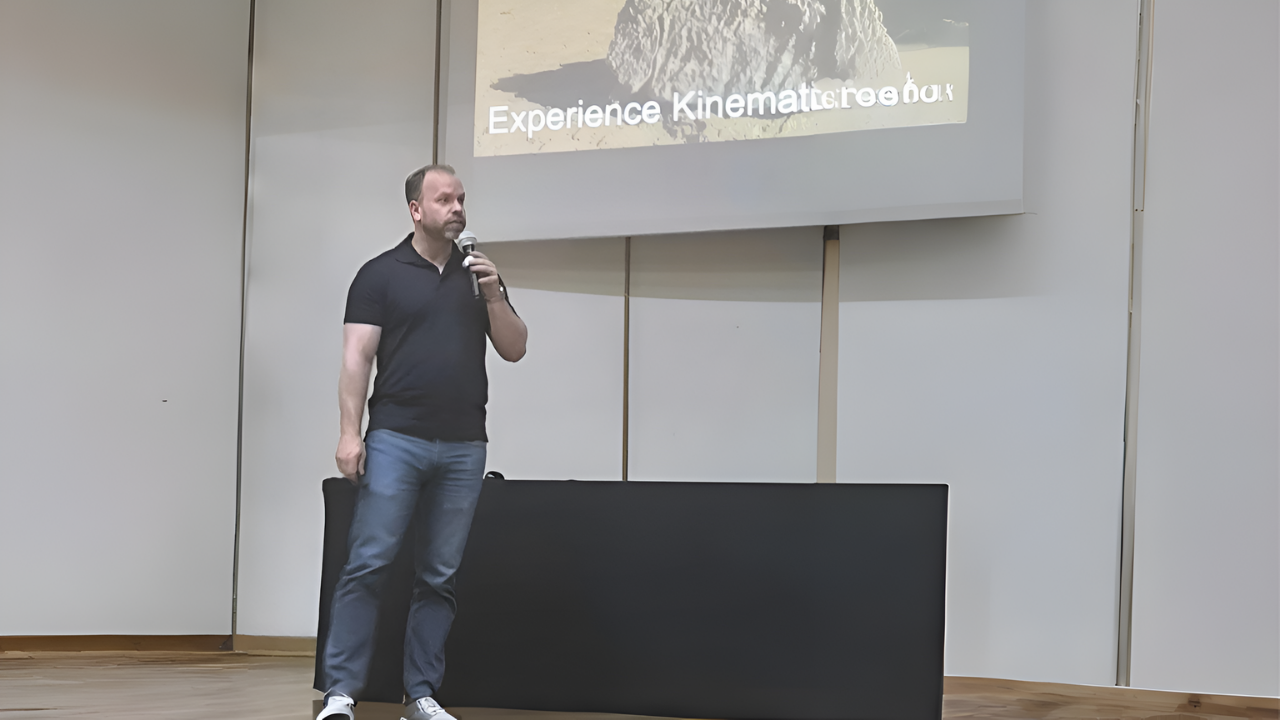
Dr. Christopher Moore of the University of South Carolina has become a prominent figure in the hunt for extraterrestrial evidence.
His team’s cross-disciplinary approach, involving geochemistry, paleontology, and climate science, sets a new standard for rigor and collaboration. The search for impact markers now extends to Greenland and Baffin Bay, broadening the global context.
Strategic Expansion
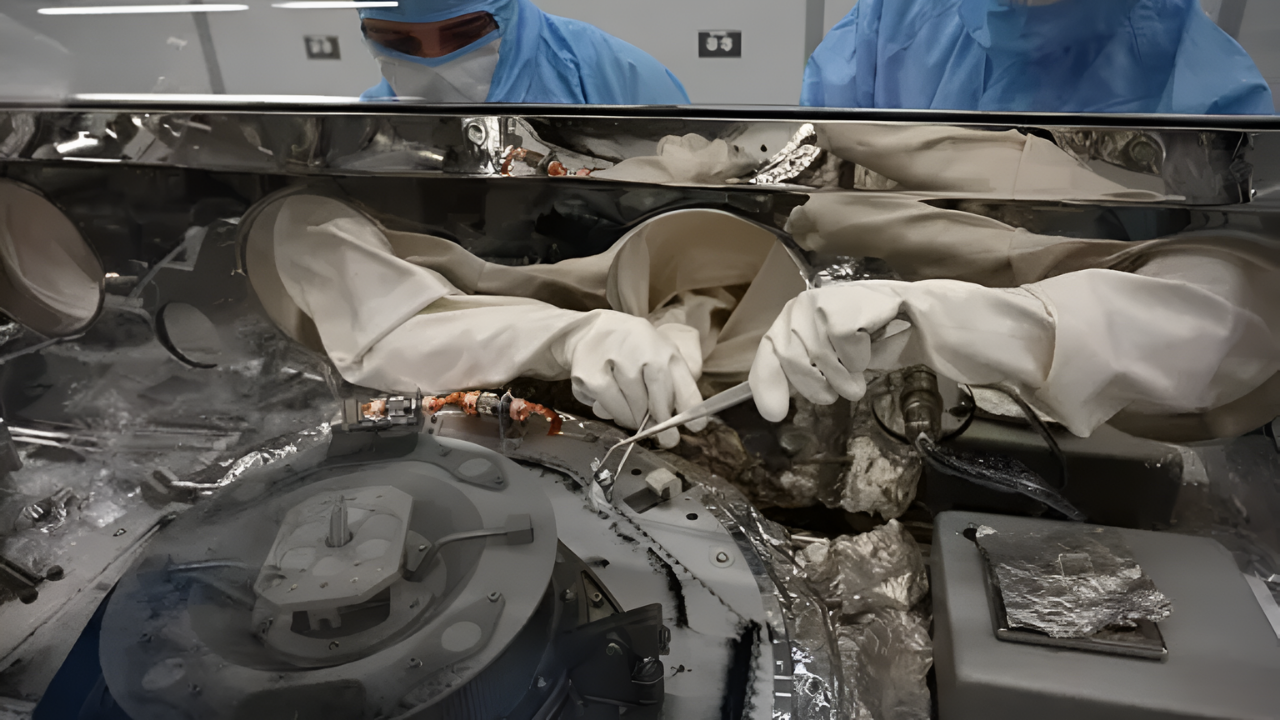
Researchers continue to collect and analyze samples from North, Central, and South America, seeking shared cosmic fingerprints.
Advanced tools, such as electron microscopy and isotope analysis, help trace the origins of mysterious particles.
These methods are pushing boundaries and refining our capacity to reconstruct catastrophic events from scant ancient evidence.
Sceptics and Supporters
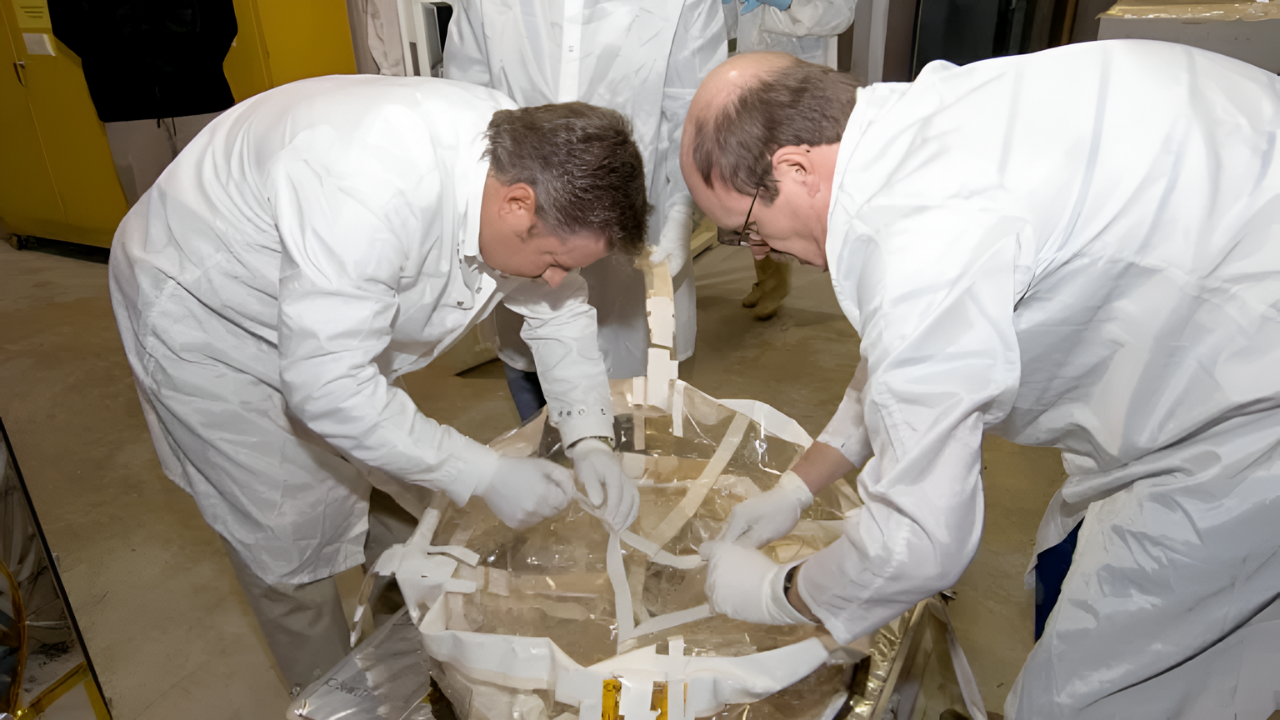
While the impact hypothesis gains traction, notable critics caution against jumping to cosmic conclusions. They argue for more multidisciplinary studies, examining genomic, environmental, and geological records.
Voices both skeptical and supportive are shaping a balanced assessment, striving for consensus based on robust, reproducible science rather than isolated anomalies.
Eyes on the Future
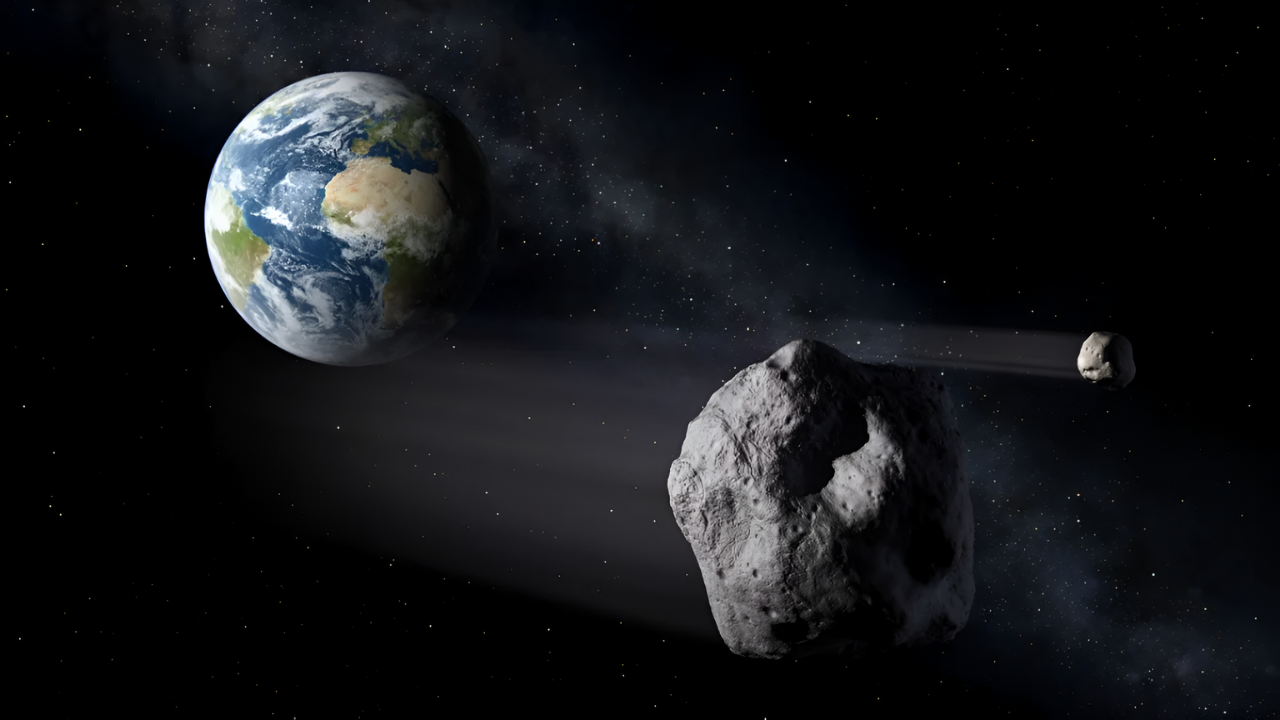
Contemporary scientists wonder if similar cosmic events could pose threats today. Ongoing planetary defense initiatives, including asteroid tracking and impact modeling by NASA, are inspired in part by lessons from the Younger Dryas cataclysm.
Such programs are crucial for monitoring, early-warning protocols, and developing strategies against potential future impacts.
Policy Implications
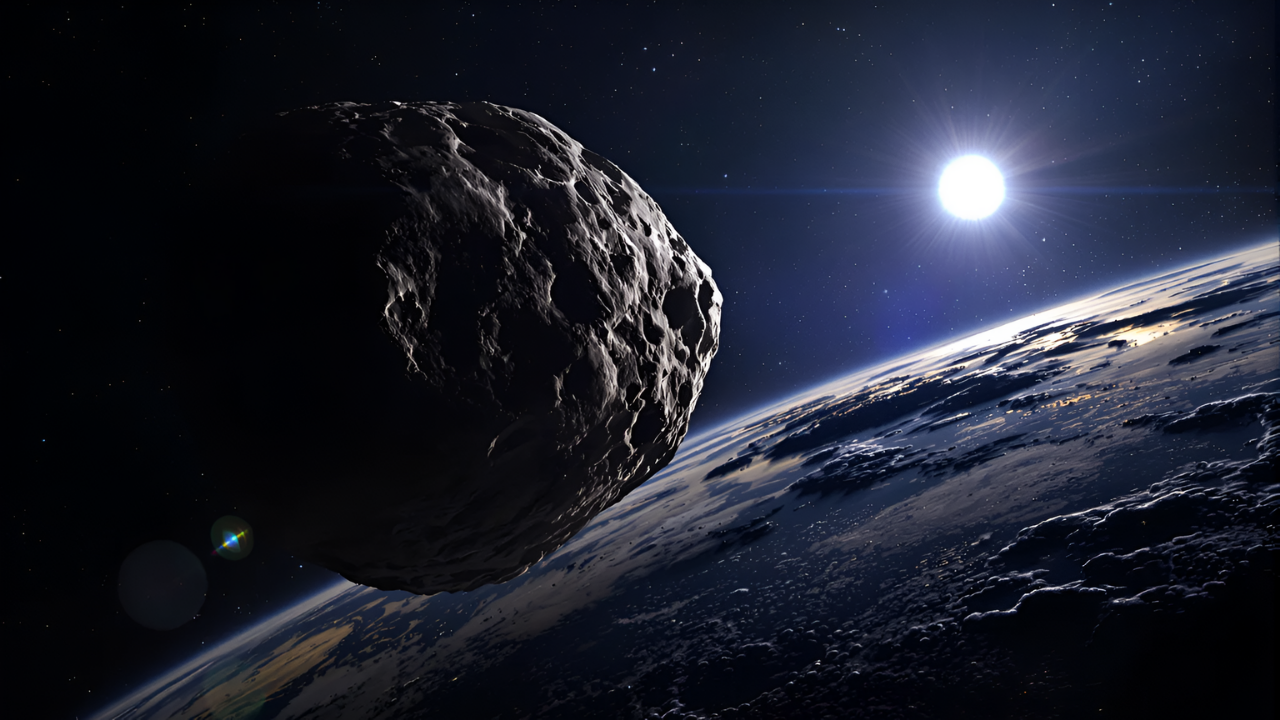
New findings about ancient cosmic impacts inform policy on environmental and disaster preparedness in the United States.
Federal agencies fund research into threats posed by asteroids and comets, while emergency management organizations incorporate ancient cataclysm scenarios into preparedness planning. This intersection of science and policy fosters proactive measures.
International Efforts
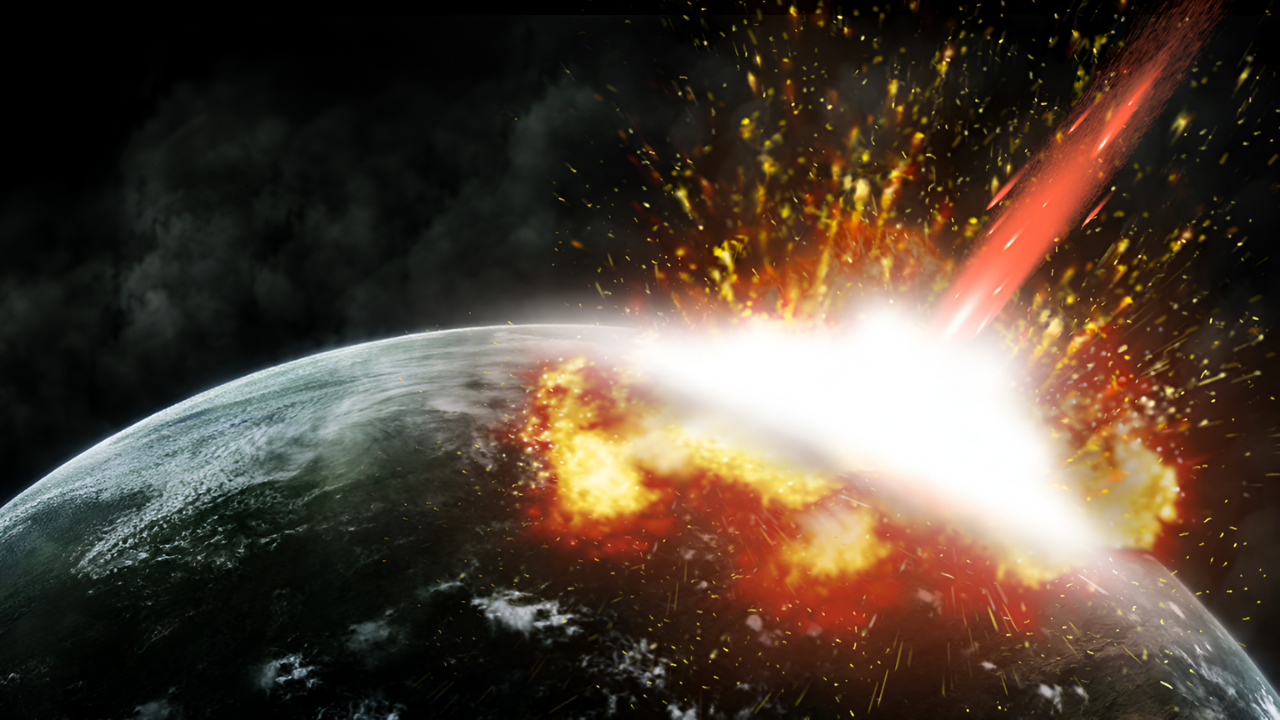
Global interest in catastrophic impacts has led research institutions in Europe and Asia to begin their own investigations into potential prehistoric cosmic events.
Collaborative studies in Greenland, South America, and Turkey aim to determine whether similar mineral signatures and geological anomalies indicate a global phenomenon, linking past events across continents.
Environmental Lessons

The Younger Dryas remains a powerful example of how sudden climate shifts can cause cascading ecological effects.
Modern conservationists and ecologists utilize this knowledge to advocate for adaptive strategies in response to wildfires, megafaunal extinction, and ecosystem collapse, applying ancient lessons to the new environmental challenges faced today.
Captivating the Public
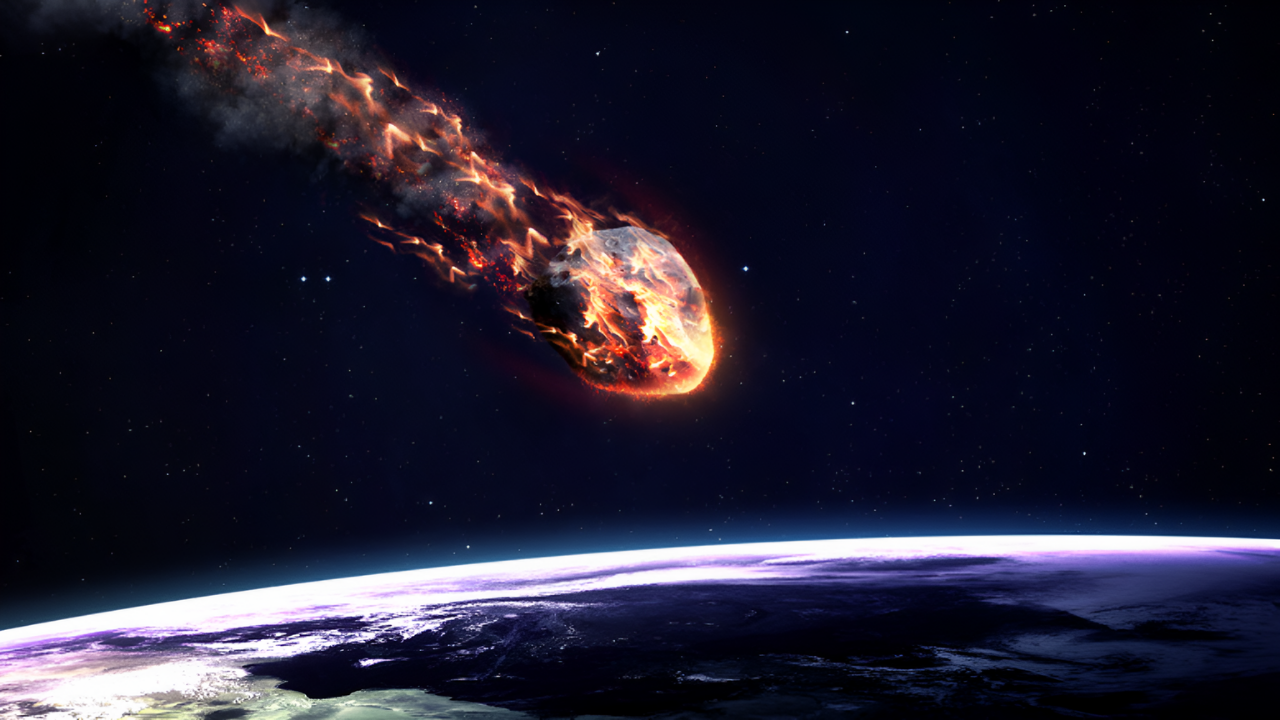
Beyond scientific circles, the story of the “doomsday comet” captivates the public. Documentaries, lectures, and educational outreach seek to engage audiences about cosmic risks and ancient events.
Whether anxiously or skeptically received, these cultural narratives foster curiosity and a broader appreciation of planetary vulnerability and resilience.
Gaining Insight

The evidence collected over the past decades highlights our planet’s susceptibility to sudden, high-impact events. Whether from comets, volcanism, or climate feedback, the transformations seen at the Younger Dryas boundary remind us that adaptation and preparedness are essential. As research continues, humanity gains insight into both its past and the potential for future change.